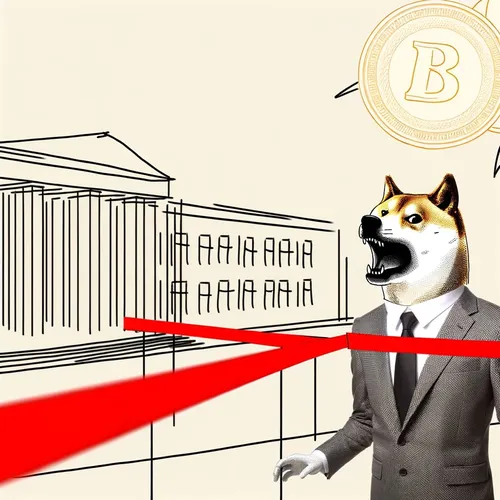DOGE Revolutionizes Government Spending: Massive Job Cuts and Billions Saved in Controversial Efficiency Push
- Author
- Quiet. Please
- Published
- Sat 12 Apr 2025
- Episode Link
- https://www.spreaker.com/episode/doge-revolutionizes-government-spending-massive-job-cuts-and-billions-saved-in-controversial-efficiency-push--65551003
Listeners, today we dive into the controversial yet transformative realm of government efficiency with a focus on the Department of Government Efficiency (DOGE), a federal initiative designed to tackle bureaucratic waste. Established earlier this year, DOGE has sparked debates on its methods and implications as it undertakes sweeping reforms across federal and state agencies.
In February 2025, the President formalized DOGE’s mission through an executive order, mandating the modernization of federal operations and the elimination of unnecessary spending. This initiative aims to streamline processes by leveraging technology, centralizing expenditure records, and demanding rigorous justifications for federal contracts and grants. Already, agencies have reported significant achievements, such as the cancellation of 113 wasteful contracts in one day, resulting in $3.3 billion in savings. Projects deemed non-essential, including climate change consulting and workforce programs abroad, have been cut, aligning with the administration’s focus on fiscal accountability. These steps are complemented by a major restructuring of the federal workforce, implementing a four-to-one hiring ratio and prioritizing attrition to downsize the government efficiently.
DOGE’s footprint has not been without controversy. March 2025 witnessed an unprecedented wave of federal job cuts—over 216,000 positions eliminated, marking a 672% increase in government sector layoffs compared to last year. Critics argue these drastic reductions could undermine essential services and disproportionately affect middle-class workers reliant on federal employment. Non-profit and healthcare sectors have also felt the ripple effects, with additional job losses linked to terminated federal aid.
Despite the criticism, proponents of DOGE highlight its impact on restoring taxpayer confidence and enhancing transparency. States like Florida, already known for low regulatory footprints, are now doubling down on efficiency reforms inspired by DOGE. Florida’s new initiatives, for instance, project a $3 billion reduction in state spending, further cementing its reputation as a model of fiscal prudence.
As the DOGE agenda unfolds, its success will likely hinge on balancing efficiency with the preservation of core government responsibilities. For some, this endeavor represents a bold step towards modern governance; for others, it raises questions about the human cost of cutting bureaucracy. The debate rages on—is this efficiency revolution truly barking mad or an overdue remedy for bureaucratic bloat?
